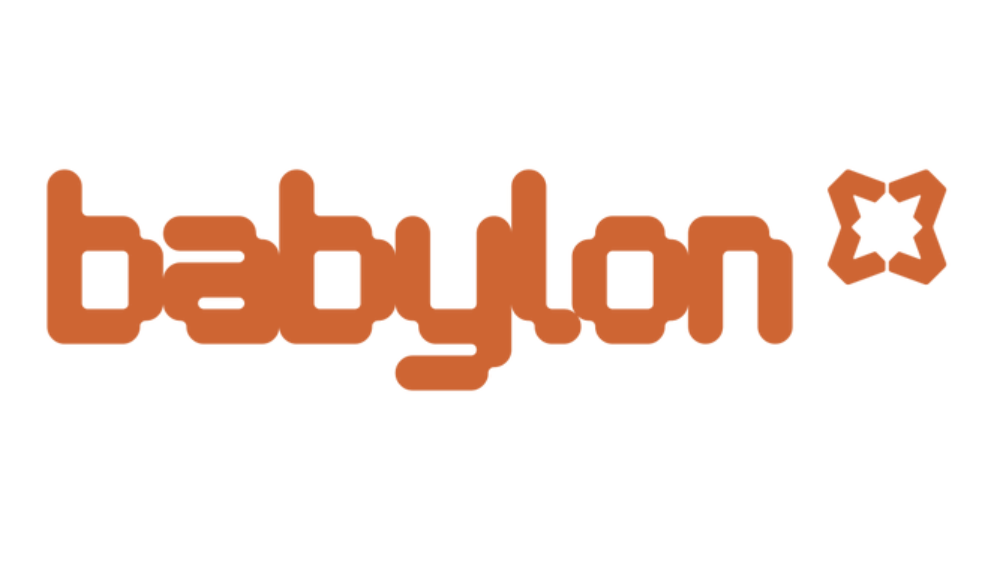On April 17, Babylon, the platform enabling native Bitcoin staking, experienced a major unstaking event worth $1.26 billion. This sudden move triggered a sharp 32% decline in the protocol’s total value locked (TVL), raising eyebrows across the crypto community.

⛓️ 14,929 BTC Withdrawn in One Day
Blockchain data firm Lookonchain broke the news, reporting that 14,929 BTC had been unstaked. The platform’s TVL quickly dropped from $3.9 billion to $2.6 billion within a single day, according to DeFiLlama.
At the time of writing, 31,502 BTC remain staked on the protocol, marking the lowest level in recent months.

💸 BABY Token Reacts to Market Pressure
The platform’s native token, BABY, also took a hit. According to BeInCrypto, the token’s value dropped 9.8% in just 24 hours, trading at $0.80 at press time.
The drop fueled speculation about Babylon’s long-term stability and raised concerns about confidence in Bitcoin-based DeFi platforms.
One user posted,
🛠️ Lombard Finance Explains the Transition
In response to the growing uncertainty, Lombard Finance, a Bitcoin restaking protocol built on Babylon, stepped in with clarification. The company explained that the unstaking was part of a planned transition to a new set of Finality Providers.
They assured users that this was a routine upgrade and the unstaked funds would be restaked once the unbonding period ends.
🎁 Airdrop and Early Withdrawals Spark Speculation
This massive unstaking comes just days after Babylon’s airdrop of 600 million BABY tokens, representing 6% of the total supply. The airdrop rewarded early stakers, NFT holders, and developers.
Interestingly, shortly after the airdrop, users withdrew $21 million worth of BTC within 24 hours. Many see this as the beginning of a withdrawal trend that culminated in this week’s major exit.
📊 What’s Next for Babylon?
Despite the decline in TVL and token price, Babylon’s core team remains confident. The protocol views this event as a strategic shift, not a sign of weakness.
With a planned restaking phase on the horizon, investors will be watching closely to see if confidence—and capital—returns.


